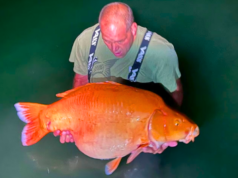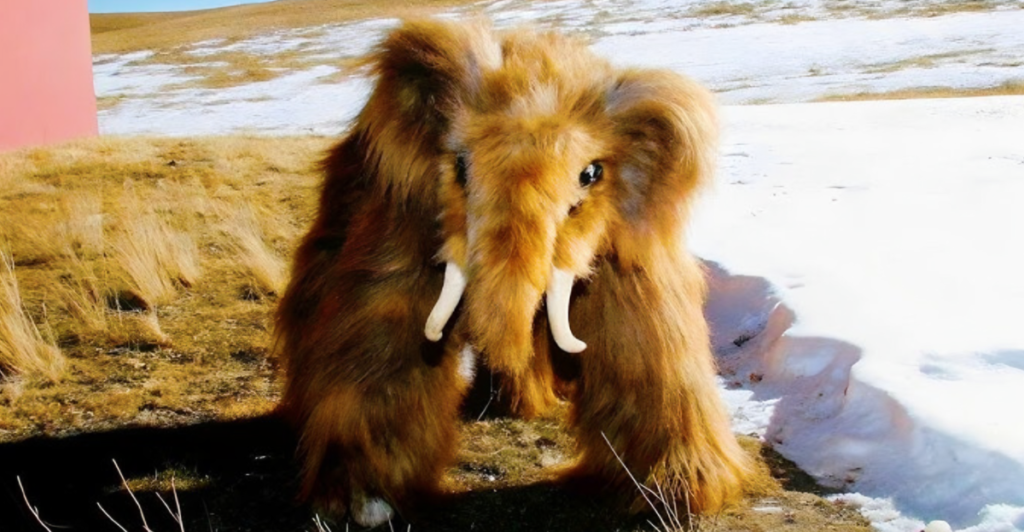
The revival of the woolly mammoth, spearheaded by Colossal Biosciences, is not just a scientific endeavor; it represents a potential economic boon for the United States. As biodiversity continues to decline globally, the implications for ecosystems and economies are becoming increasingly dire. The urgency of this project is underscored by the World Economic Forum’s estimates that biodiversity loss could lead to a $2.7 trillion annual decline in global GDP by 2030. Colossal aims to mitigate these risks through its groundbreaking de-extinction initiatives.
The Mission of Colossal Biosciences

Colossal Biosciences, founded in 2021 by geneticist George Church and entrepreneur Ben Lamm, is focused on reversing the tide of extinction through advanced genetic engineering. The company has gained attention for its ambitious goal of resurrecting the woolly mammoth alongside other species such as the Tasmanian tiger and dodo bird. By assembling comprehensive genomes for these extinct species, Colossal is making strides toward bridging the gap between DNA sequences and living organisms.
Financial Backing and Valuation
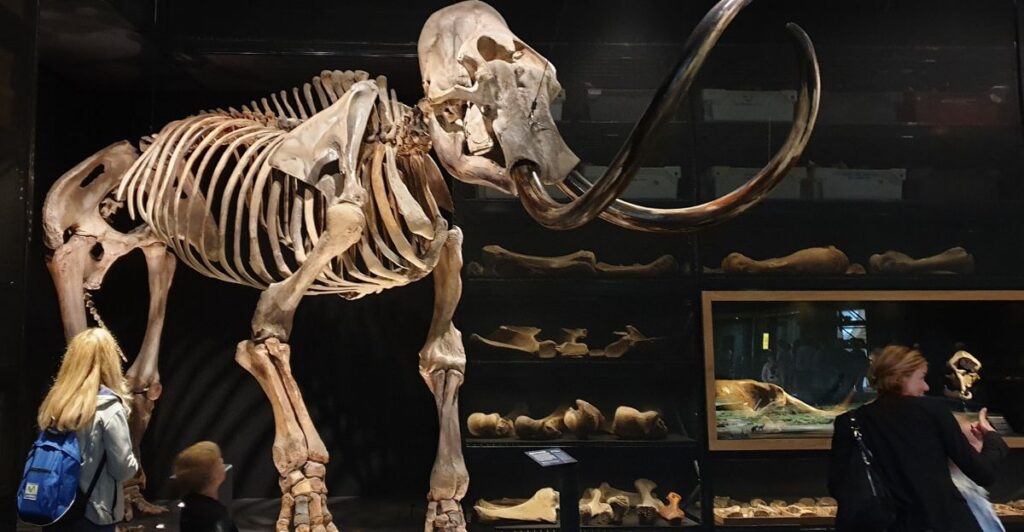
Recently, Colossal raised $200 million in Series C funding, bringing its total capital raised since inception to $435 million. This influx of capital has propelled its valuation to $10.2 billion, marking it as Texas’s first decacorn. The funding will be utilized to expand laboratories and enhance research in computational biology, cellular engineering, and genetic engineering. The revival project is part of a broader strategy that could potentially generate trillions in economic benefits by preserving biodiversity and enhancing ecosystem services. Colossal’s approach includes developing technologies that can be applied to conservation efforts globally, thus creating new markets and opportunities for investment in biodiversity credits and related sectors.
Biodiversity’s Economic Importance

Biodiversity plays a crucial role in economic stability by supporting food security, clean water access, and climate regulation. A recent study indicated that exposure to biodiversity risk could lead to significant decreases in return on assets (ROA) for businesses. Companies facing biodiversity risks may need to maintain substantial capital reserves to ensure operational continuity, which can undermine efficiency.
Understanding Biodiversity Risk
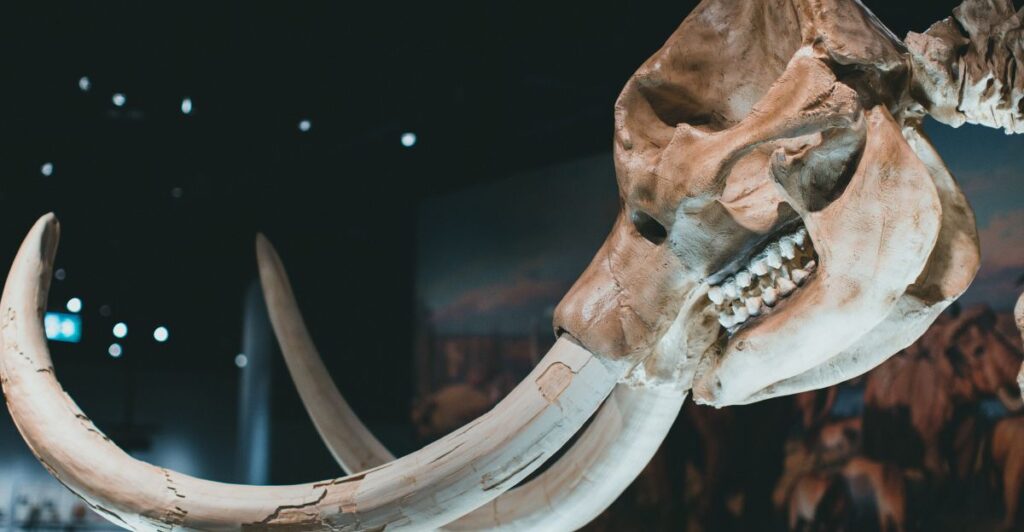
Biodiversity risk encompasses three primary components: Physical Risk: Shortages of raw materials and loss of ecosystem services. Regulatory Risk: Costs associated with operating in poorly regulated environments or failing to comply with regulations. Reputational Risk: Loss of brand value due to perceived negligence toward ecosystem health. Colossal’s efforts in de-extinction and conservation aim to mitigate these risks by restoring balance within ecosystems.
The Woolly Mammoth’s Role in Ecosystems
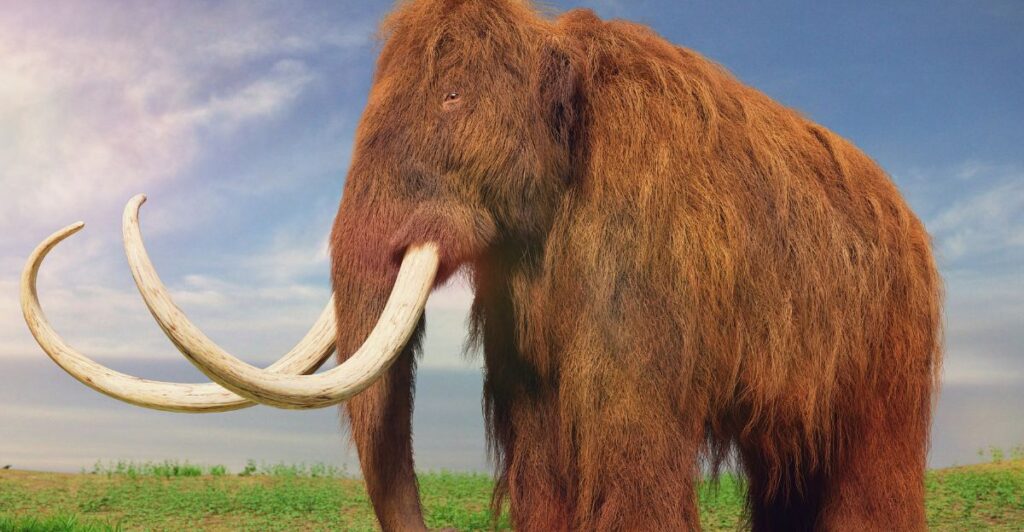
The woolly mammoth is not merely an iconic species; it plays a vital role in ecological restoration. As permafrost thaws due to climate change, it threatens to release vast amounts of carbon into the atmosphere. Research suggests that reintroducing large herbivores like mammoths could increase snow density and lower ground surface temperatures, thereby protecting permafrost from thawing.
Timeline for De-extinction

Colossal is on track to produce its first mammoths for rewilding by 2028. The company envisions creating a cold-resistant elephant with core biological traits of the woolly mammoth that can thrive in its former habitat. This initiative has garnered significant investor interest due to its potential ecological benefits.
Broader Impacts on Conservation
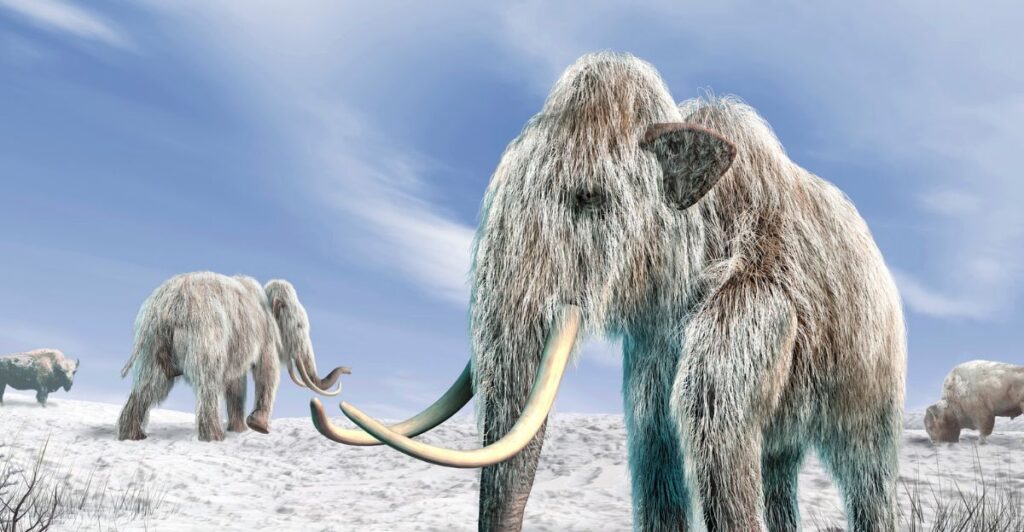
Colossal’s research extends beyond the woolly mammoth; it also addresses current conservation challenges. For instance, their work on elephant endotheliotropic herpesvirus (EEHV) could significantly reduce mortality rates among young elephants. Collaborating with Baylor College of Medicine, Colossal is testing a vaccine that could revolutionize elephant conservation efforts.
Dodo Bird and Tasmanian Tiger Projects
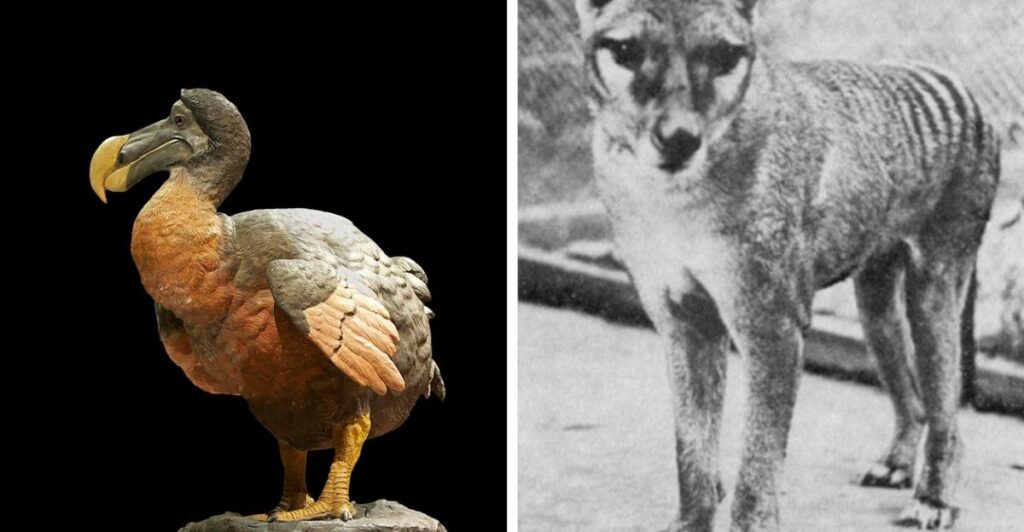
The dodo bird de-extinction project informs strategies for preserving threatened bird species. Similarly, advancements in the Tasmanian tiger project have led to technologies that may help endangered species resist invasive threats like cane toads. These projects exemplify how de-extinction efforts can bolster existing conservation initiatives.
Future Goals and Innovations
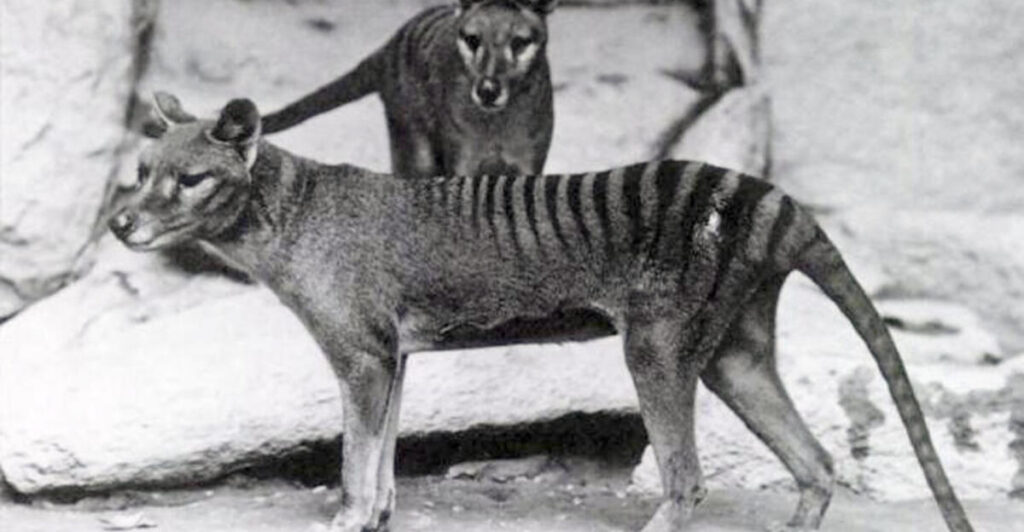
Looking ahead, Colossal aims to cultivate primordial germ cells for the dodo bird and refine the genomes of both the Tasmanian tiger and woolly mammoth. Additionally, their artificial womb technology could allow for growing endangered species outside traditional reproductive methods—potentially transforming conservation practices.
The Role of Technology in Conservation

Colossal leverages cutting-edge technologies in DNA reading and writing to address ecological challenges. This innovative approach not only targets species revival but also aims at broader environmental restoration efforts that can combat climate change.
Collaborative Conservation Efforts
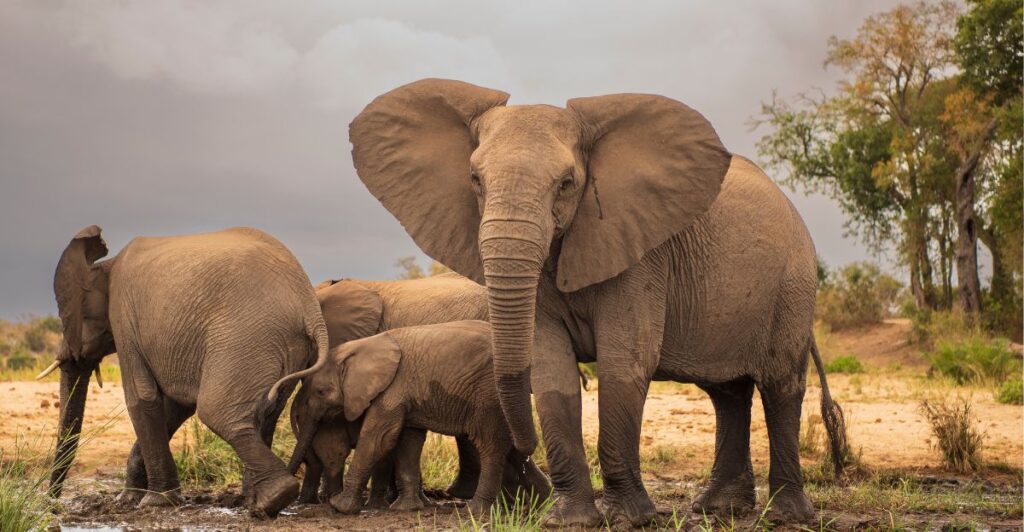
In October 2024, Colossal launched the Colossal Foundation to support conservation initiatives alongside its de-extinction projects. With 48 partners, including prominent organizations like Re:wild and Save the Elephants, this foundation seeks to foster collaborative efforts aimed at preserving biodiversity.
A Mammoth Challenge Ahead
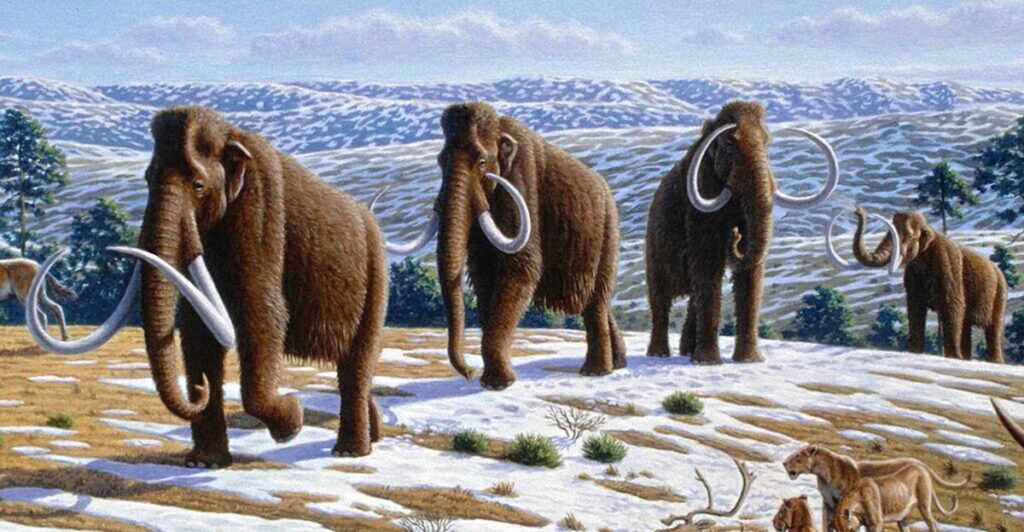
As Colossal Biosciences progresses toward reviving extinct species like the woolly mammoth, it also emphasizes the importance of living harmoniously with nature. The challenges posed by biodiversity loss are immense, but through innovation and collaboration, there is hope for restoring ecological balance while potentially securing significant economic benefits for society
Discover more of our trending stories and follow us to keep them appearing in your feed

Scientists Are Bringing Back The Wooly Mammoth
The Woolly Mammoth Comeback: Scientists Are Closer Than Ever
The War on Cows Is Over—And Green Extremists Have Lost
“There Will Be Eruptions”: Concerns Mount as Yellowstone Supervolcano Activity Shifts
References:
Reference 1
Reference 2
Reference 3
This article first appeared here
Stay connected with us for more stories like this! Follow us to get the latest updates or hit the Follow button at the top of this article, and let us know what you think by leaving your feedback below. We’d love to hear from you!



